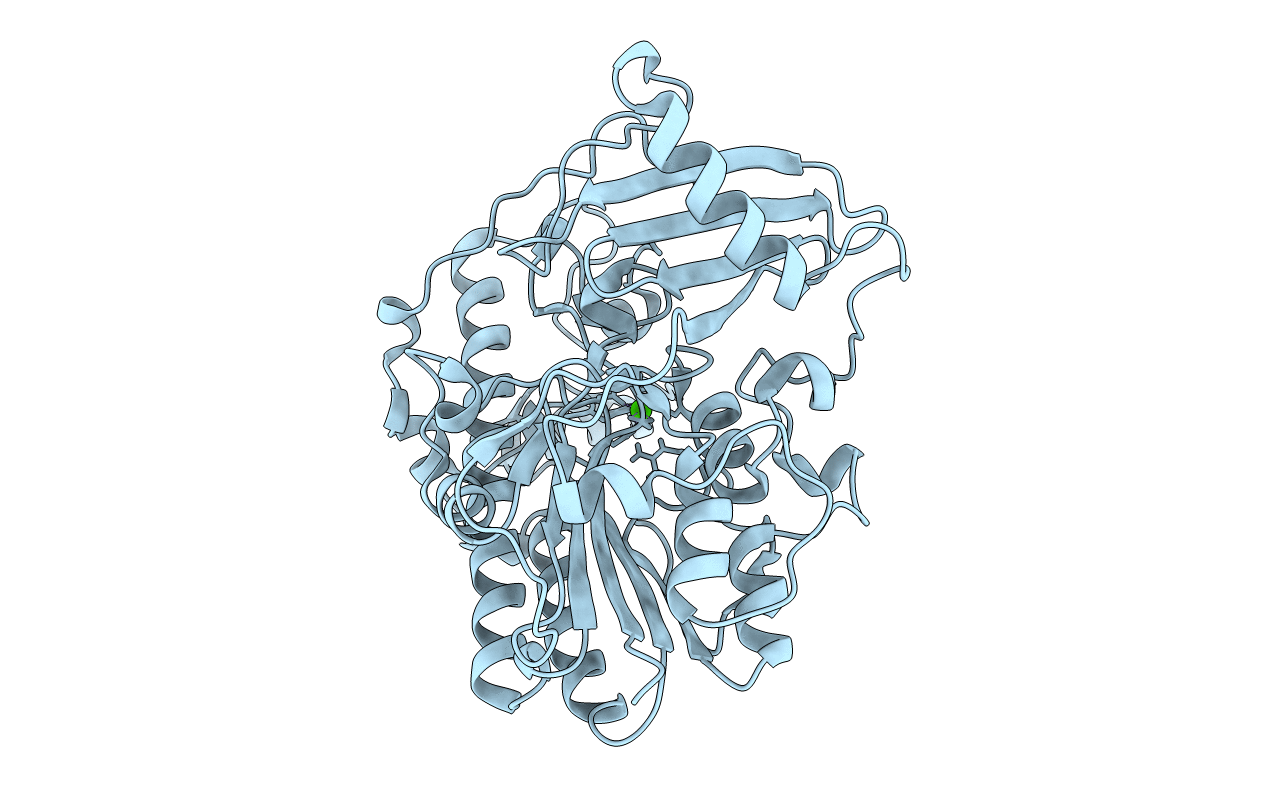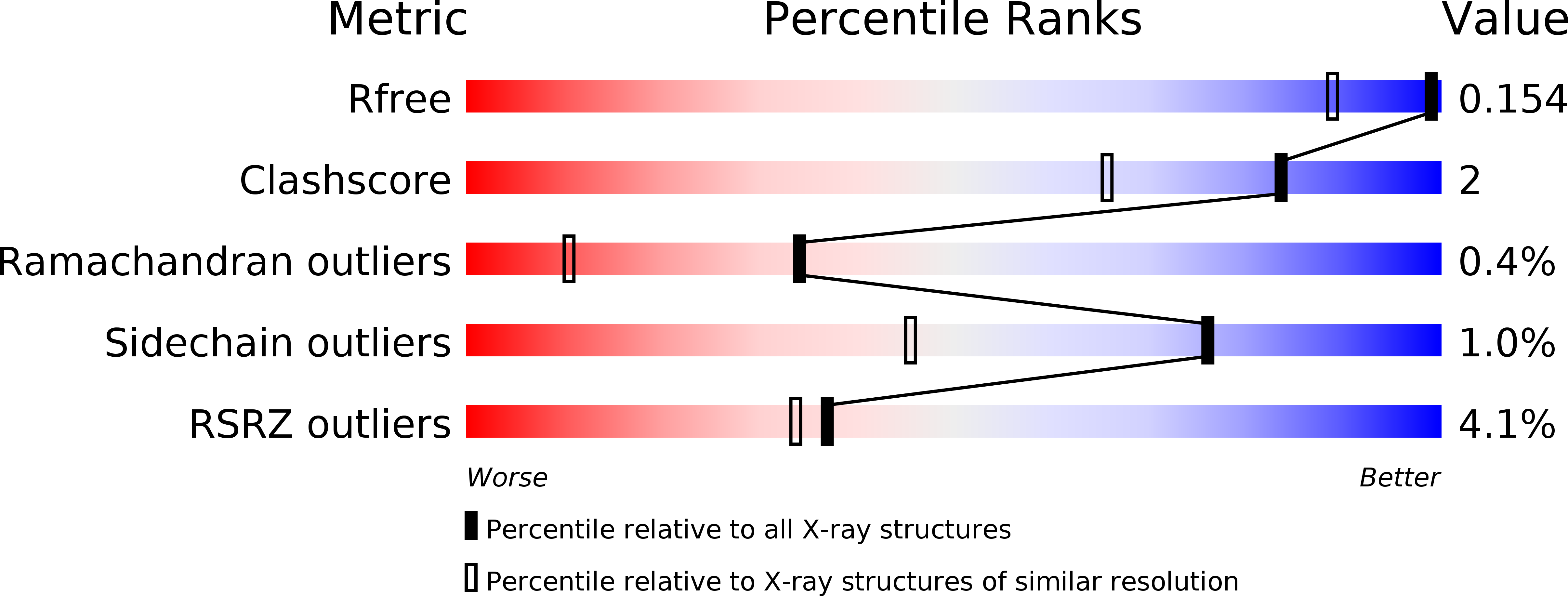
Deposition Date
2018-08-28
Release Date
2019-06-26
Last Version Date
2024-01-17
Entry Detail
PDB ID:
6HHM
Keywords:
Title:
Crystal structure of the family S1_7 ulvan-specific sulfatase FA22070 from Formosa agariphila
Biological Source:
Source Organism:
Formosa agariphila (Taxon ID: 320324)
Host Organism:
Method Details:
Experimental Method:
Resolution:
1.23 Å
R-Value Free:
0.15
R-Value Work:
0.13
R-Value Observed:
0.13
Space Group:
P 21 21 21


